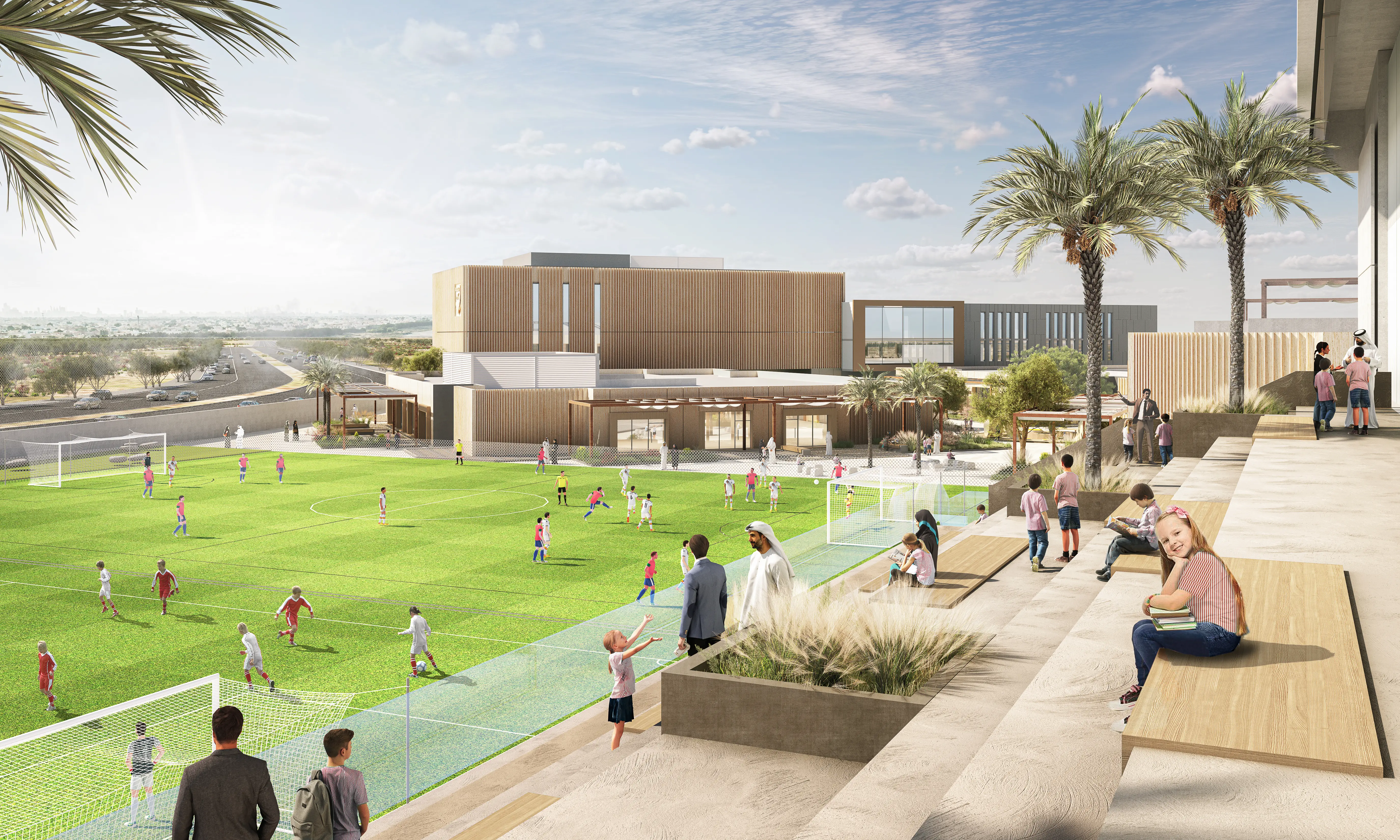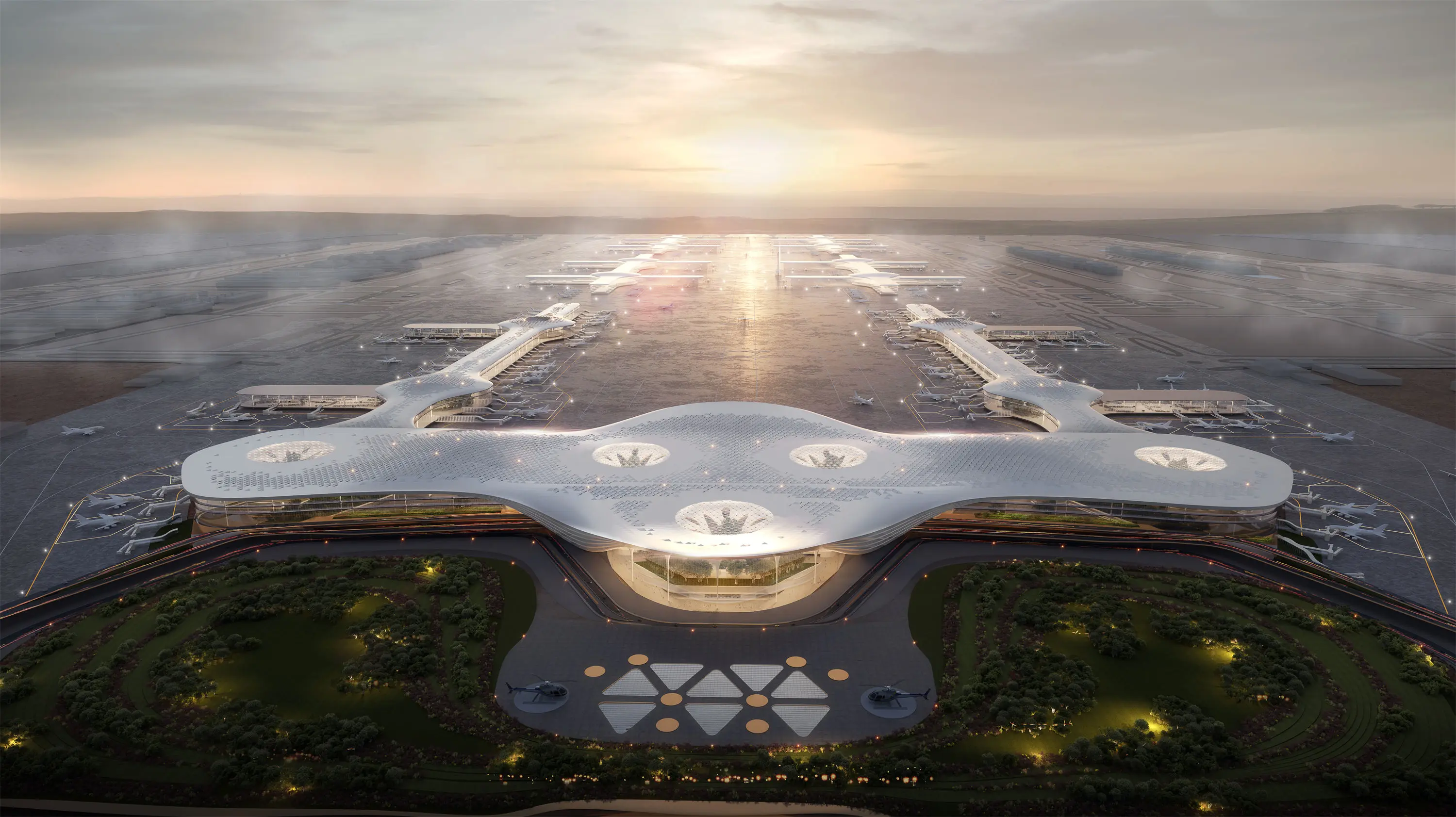How can customers choose indoor 3d rendering according to their own requirements?
When customers choose indoor 3D rendering, they should first think clearly about their own needs and purposes, which is the foundation of everything. If it is for reference in decoration design, it is necessary to ensure that the 3D rendering can accurately present the structure of the house type, material details and furniture dimensions, so as to facilitate the implementation during construction. If it is used for real estate marketing, it is necessary to highlight the spatial atmosphere and visual impact. Use high-definition renderings, roaming animations or even VR panoramic views to give customers a sense of being on the spot, so as to attract them to place an order. When presenting a product plan, the key is to showcase the design creativity and highlights. It would be best to also provide white model rendering and material layering to facilitate subsequent modifications and adjustments at any time. If it is used for artistic creation or competitions, then it is necessary to boldly break through the limitations of realism and pursue a unique stylized expression.
After determining the requirements, it is also necessary to select the visual style and technical details well. In terms of style, the realistic style is suitable for home decoration and hotel projects that pursue true restoration. It can make the marble texture and the brushed metal effect come alive. Semi-realistic style appropriately beautifies on the basis of realism, enhancing the sense of color and layering, and is very suitable for commercial Spaces. Cartoon or minimalist styles are more creative. They create an interesting atmosphere with color blocks and soft light and shadow, and are suitable for children's rooms and theme Spaces. In terms of technical parameters, the resolution should be determined based on the application. For ordinary screen displays, a resolution of 1920×1080 pixels is sufficient. However, for printing or large-screen displays, a resolution of over 300DPI is required. The Angle of the camera also matters. The human perspective is closer to the real feeling, and the God 's-eye view is suitable for presenting the overall layout. If animation is needed, it is also necessary to confirm whether the dynamic effects are smooth and whether the frame rate can reach above 24 frames per second.

The budget and the cycle also need to be carefully balanced. Generally speaking, a single realistic effect drawing costs between 800 and 3,000 yuan. A complex villa scene is definitely more expensive than a small-sized apartment. Animation videos cost 500 to 2,000 yuan per second, including a series of tasks such as modeling, rendering, and dubbing. To save money, you can reuse the existing models as much as possible, reduce the number of modifications, or choose to collaborate with the team during the industry's off-season. In terms of time, it takes 3 to 5 days for a simple scene in a single picture, and 7 to 15 days for a complex one. The overall animation cycle is 2 to 4 weeks. If it's urgent, an extra fee will be charged.
When choosing a team, it is essential to look at their cases and technical capabilities. Take a closer look at the works of similar projects, carefully observe whether the materials are realistic enough and whether the composition is good-looking enough, and then ask them what software tools they use. The mainstream V-Ray, Corona and Enscape each have their own advantages. Before signing the contract, it is necessary to clearly write down the number of modifications, copyright ownership, and breach of contract terms. During the communication process, try to explain the requirements in detail in documents, such as providing CAD floor plans, reference pictures, and material lists, to avoid disputes later.
Throughout the entire process, there are still many pitfalls to avoid. Quotations that are too cheap often hide traps. One might just get by with pirated software or templates, and then encounter endless troubles later on. After the completion of the project, be sure to obtain the source file to facilitate future modifications. If it is to be displayed on a specific platform, format compatibility needs to be tested in advance. Only by taking all these aspects into comprehensive consideration can customers select a satisfactory indoor 3D rendering service, better implement the design plan and achieve their expected goals.


